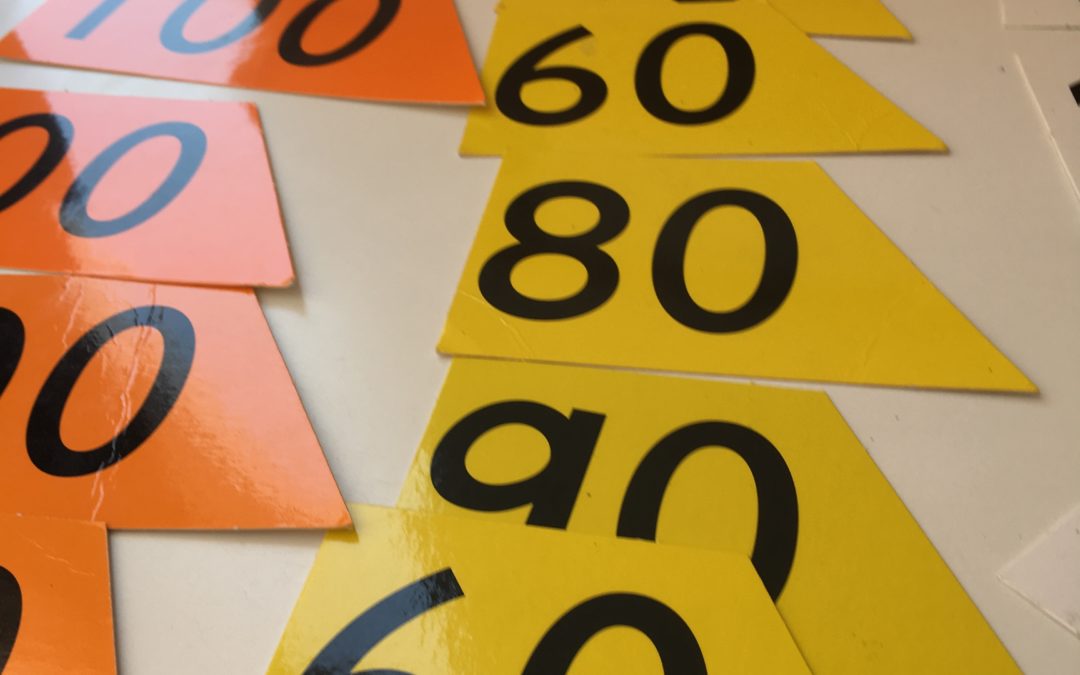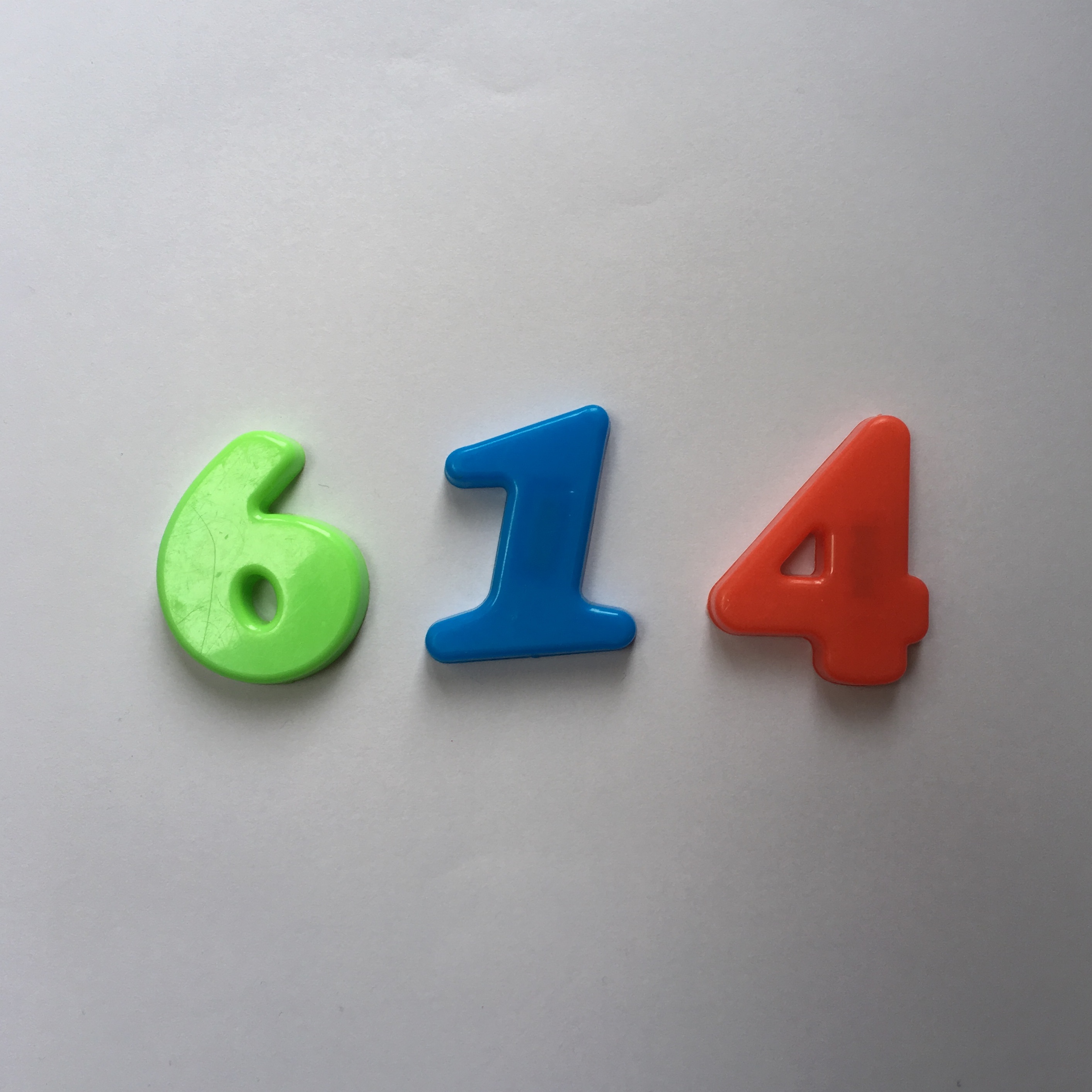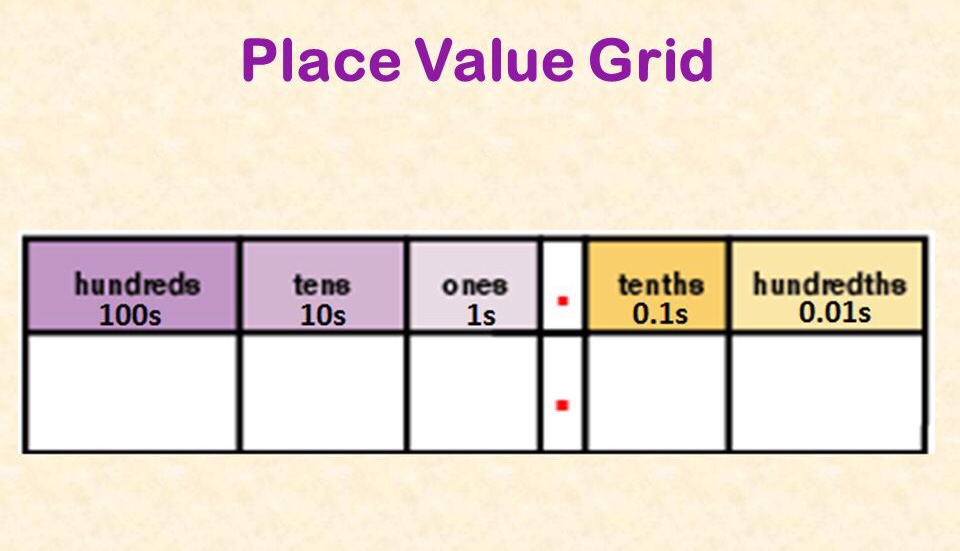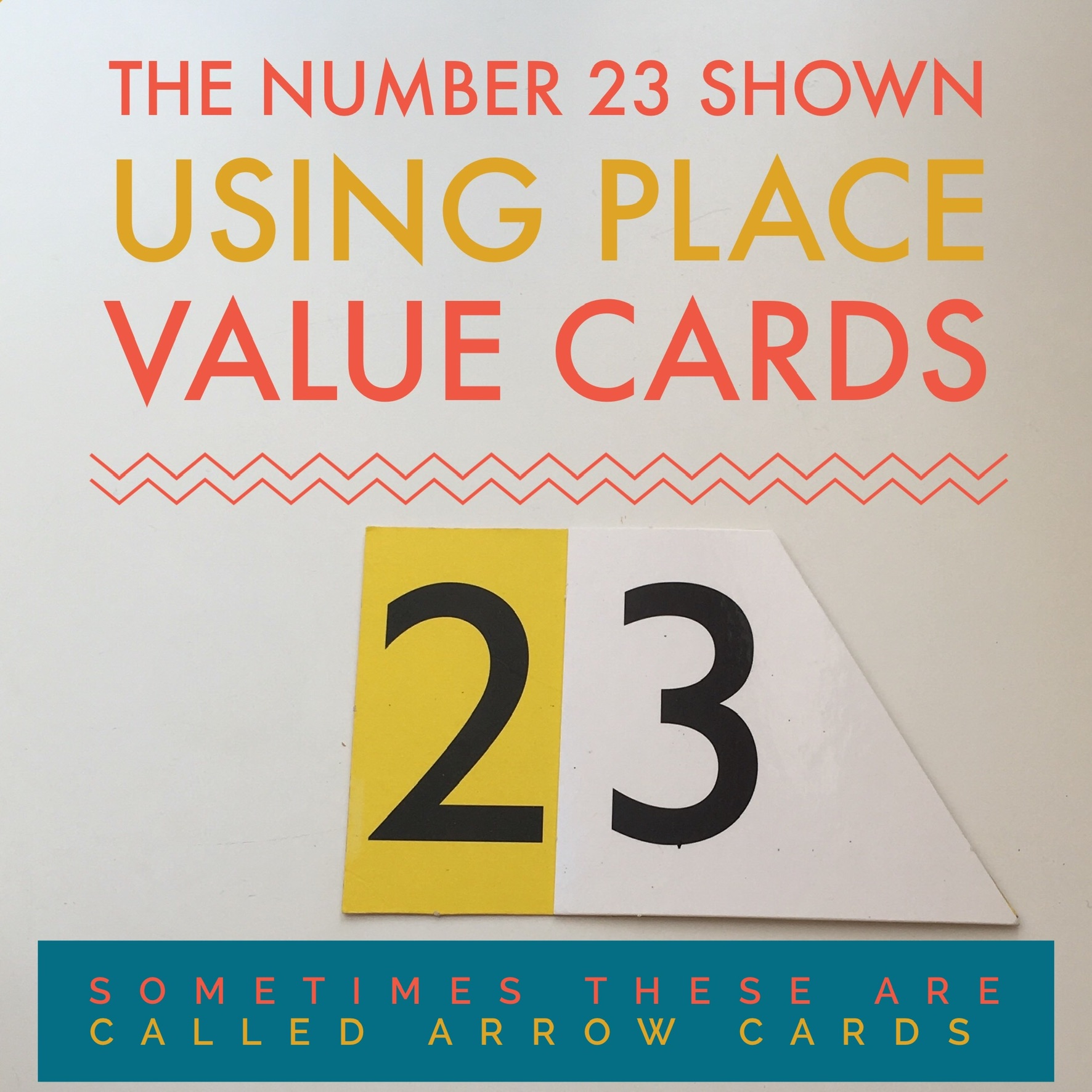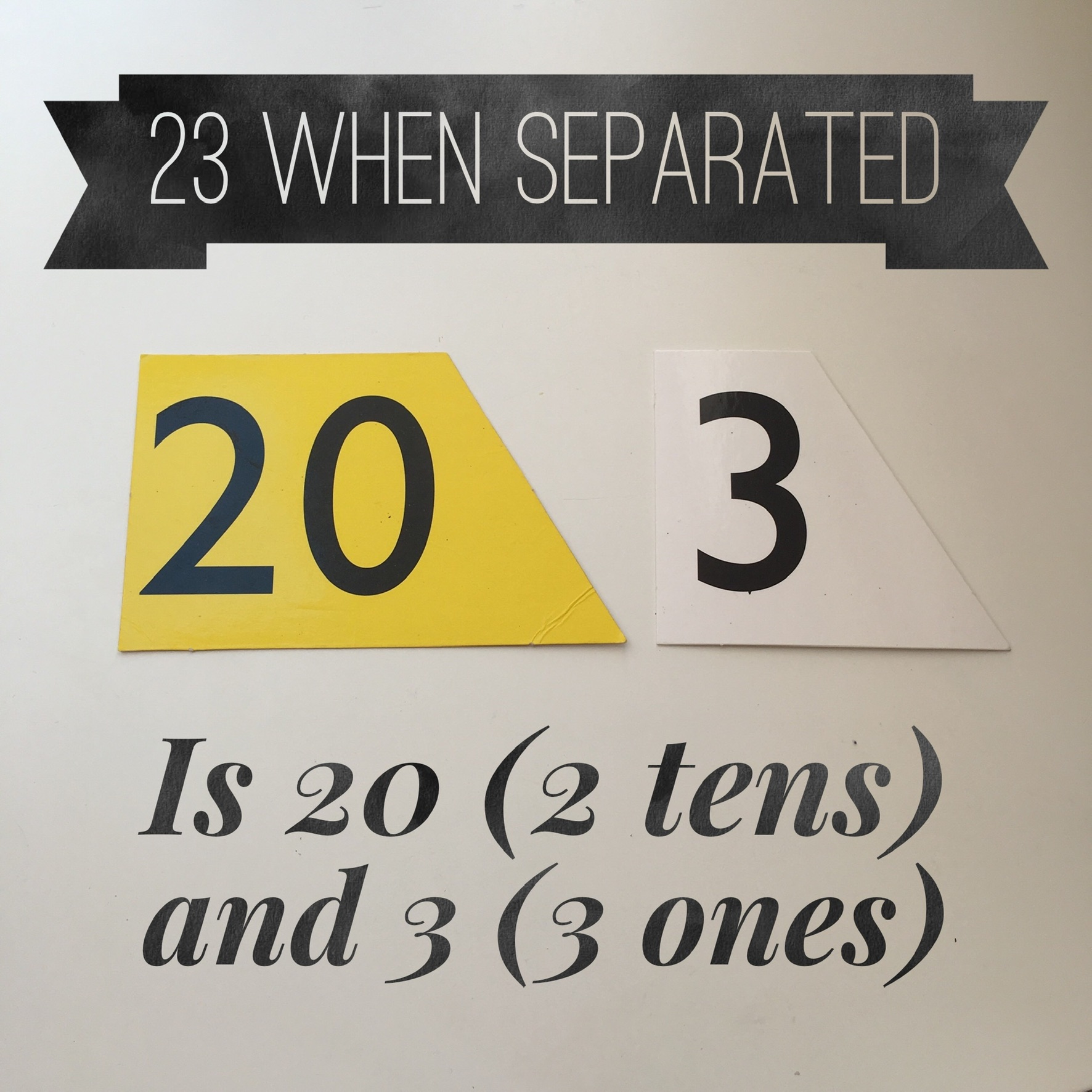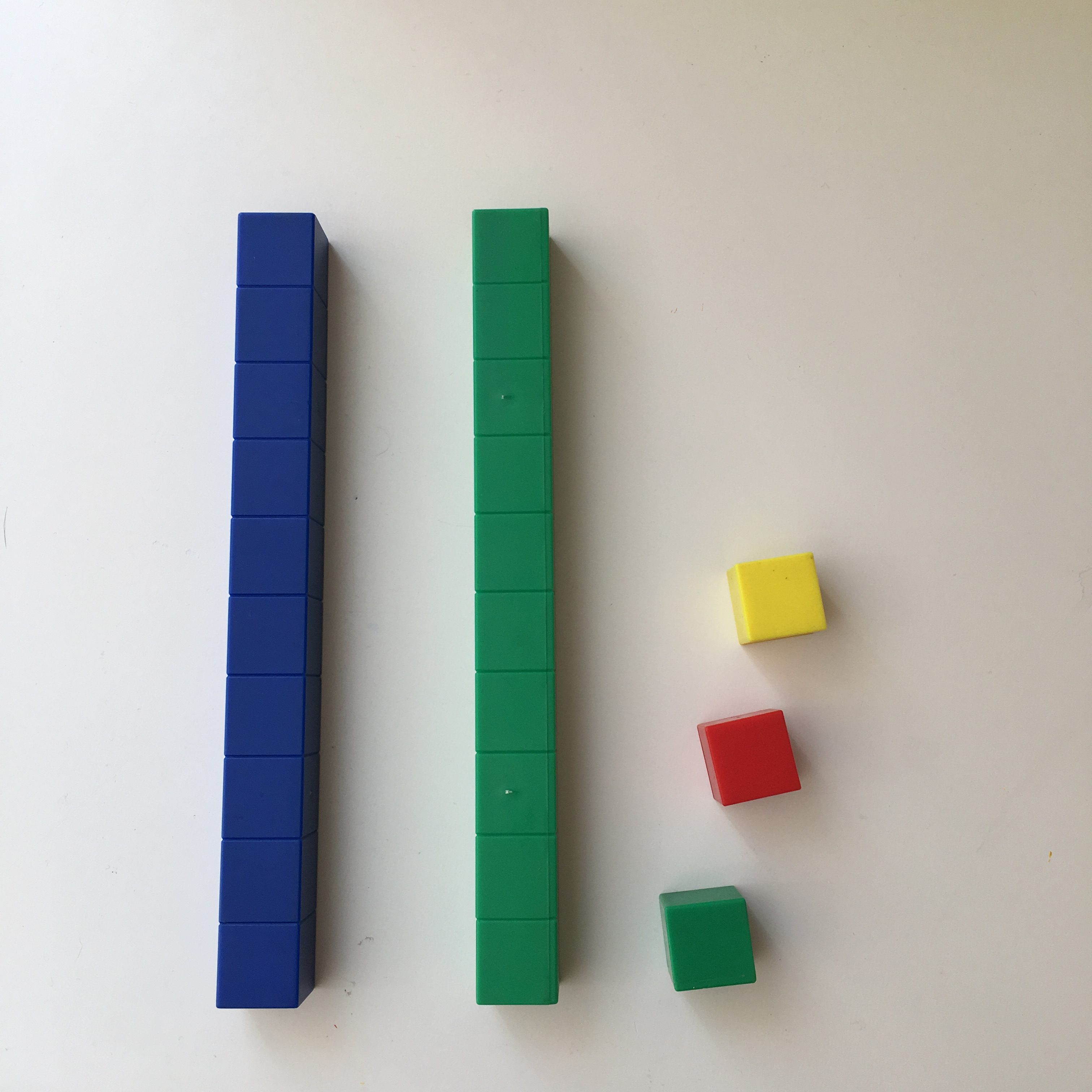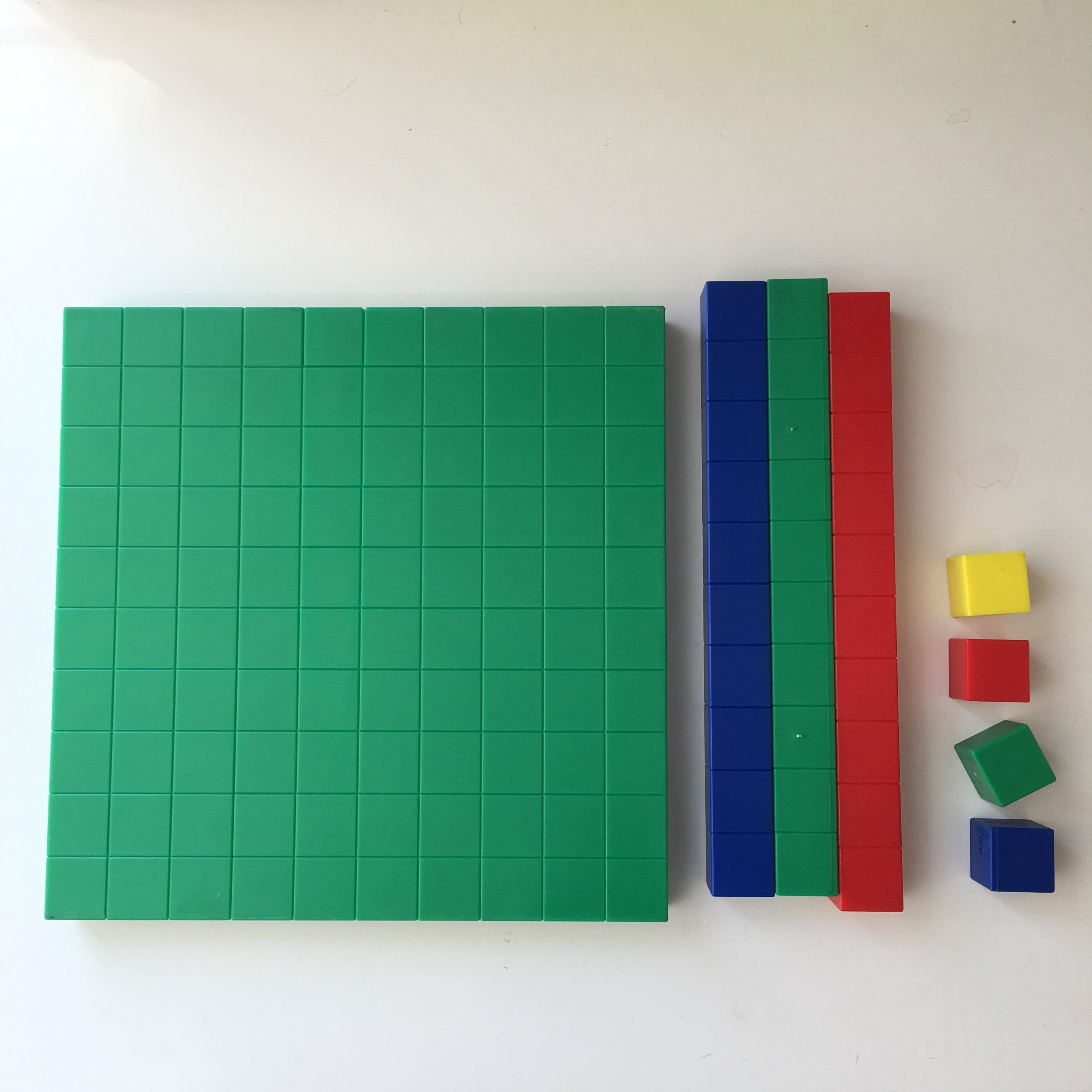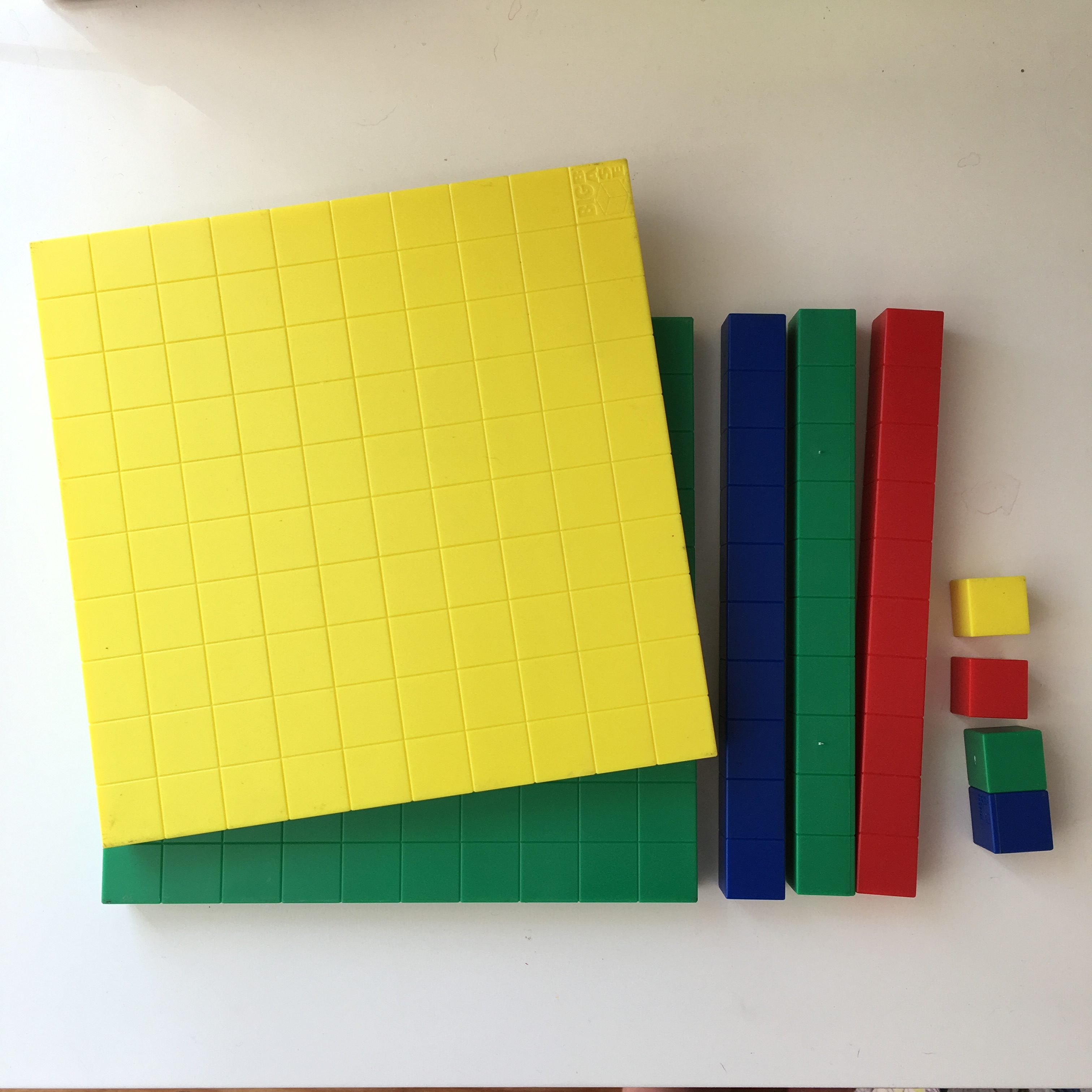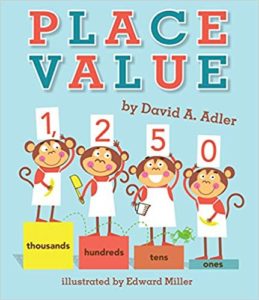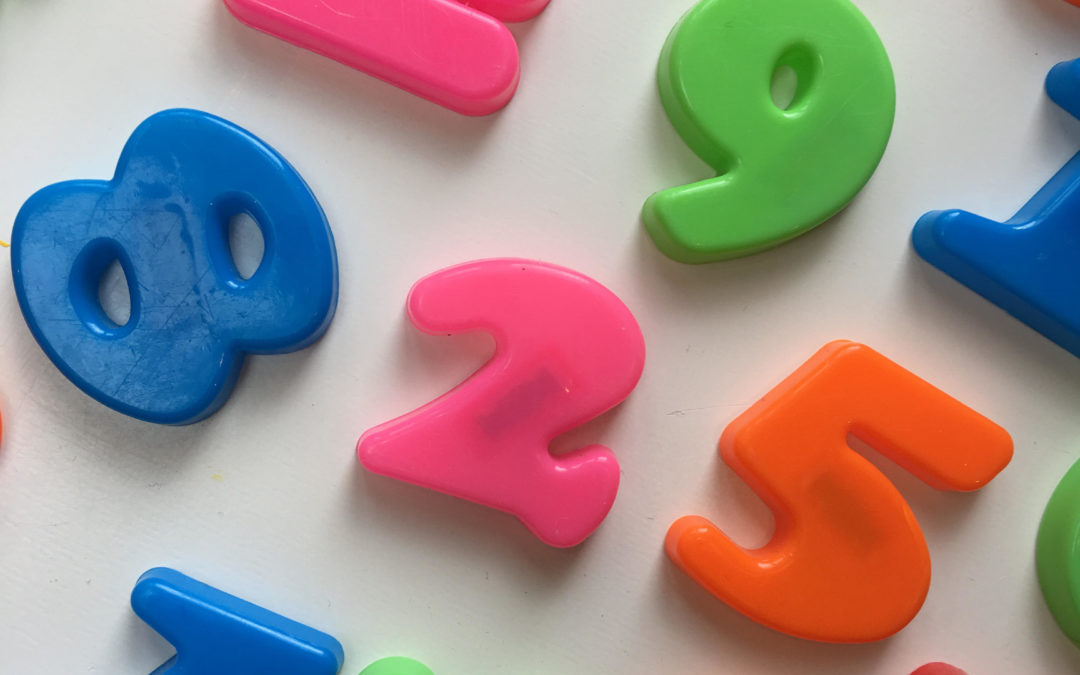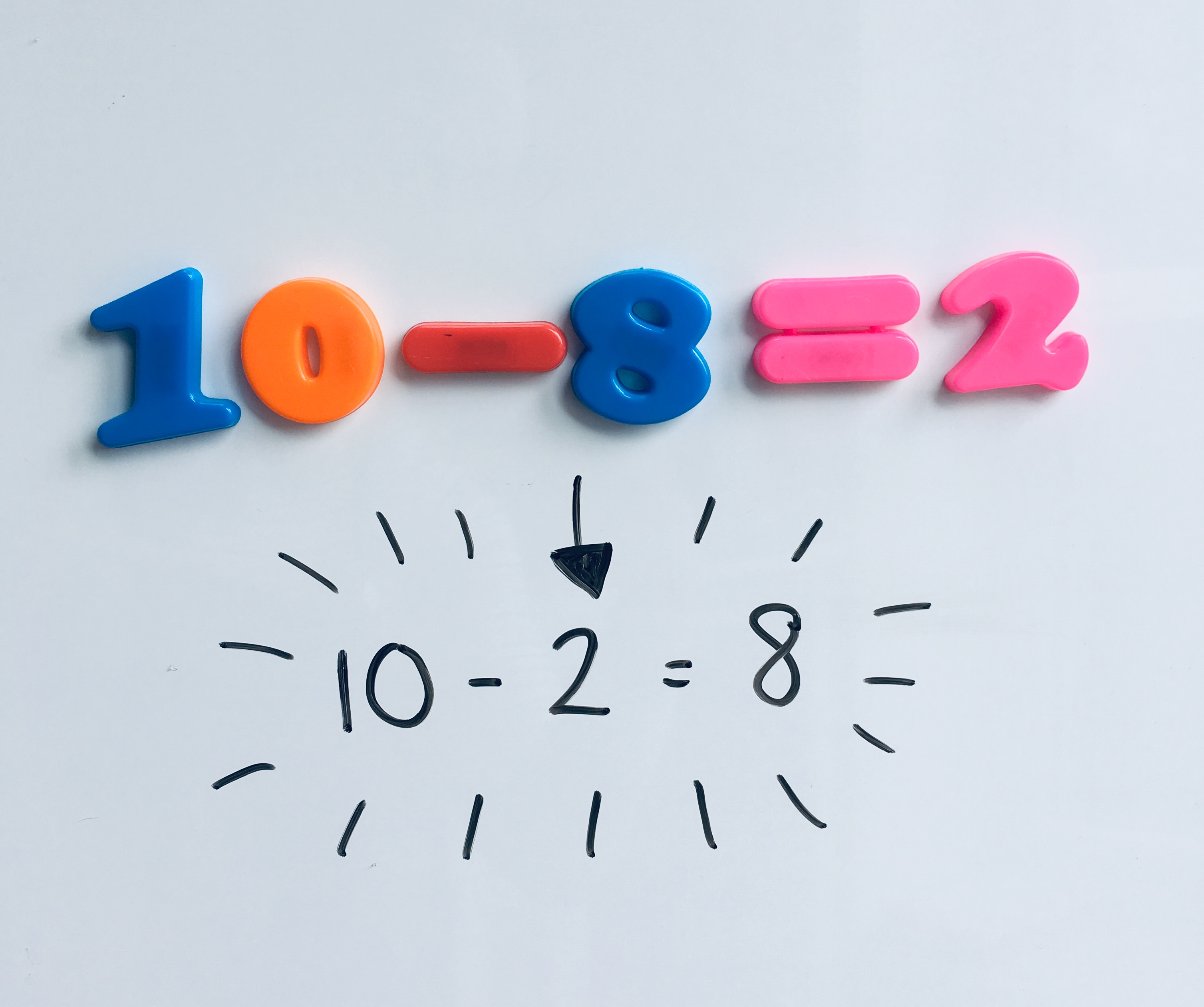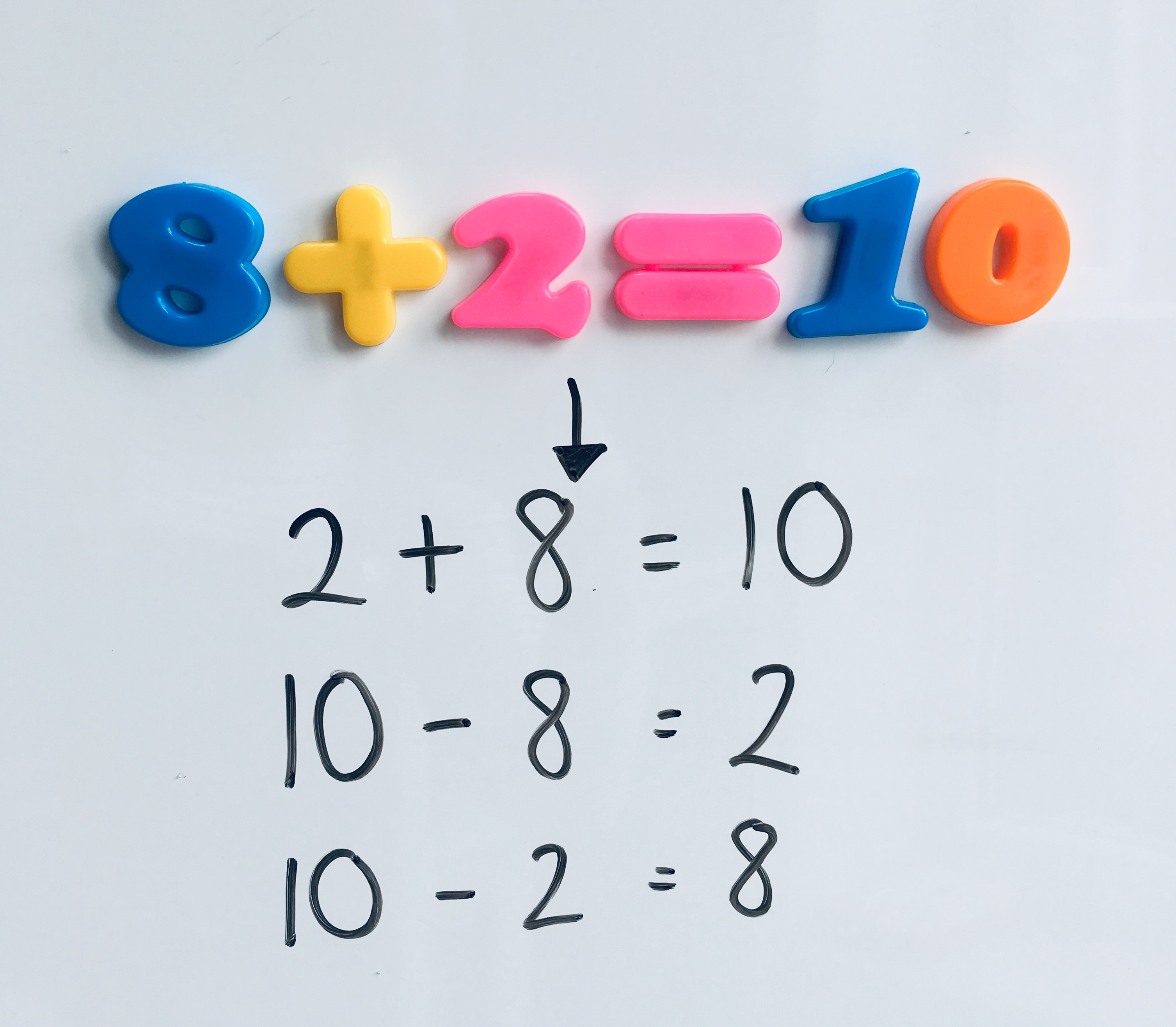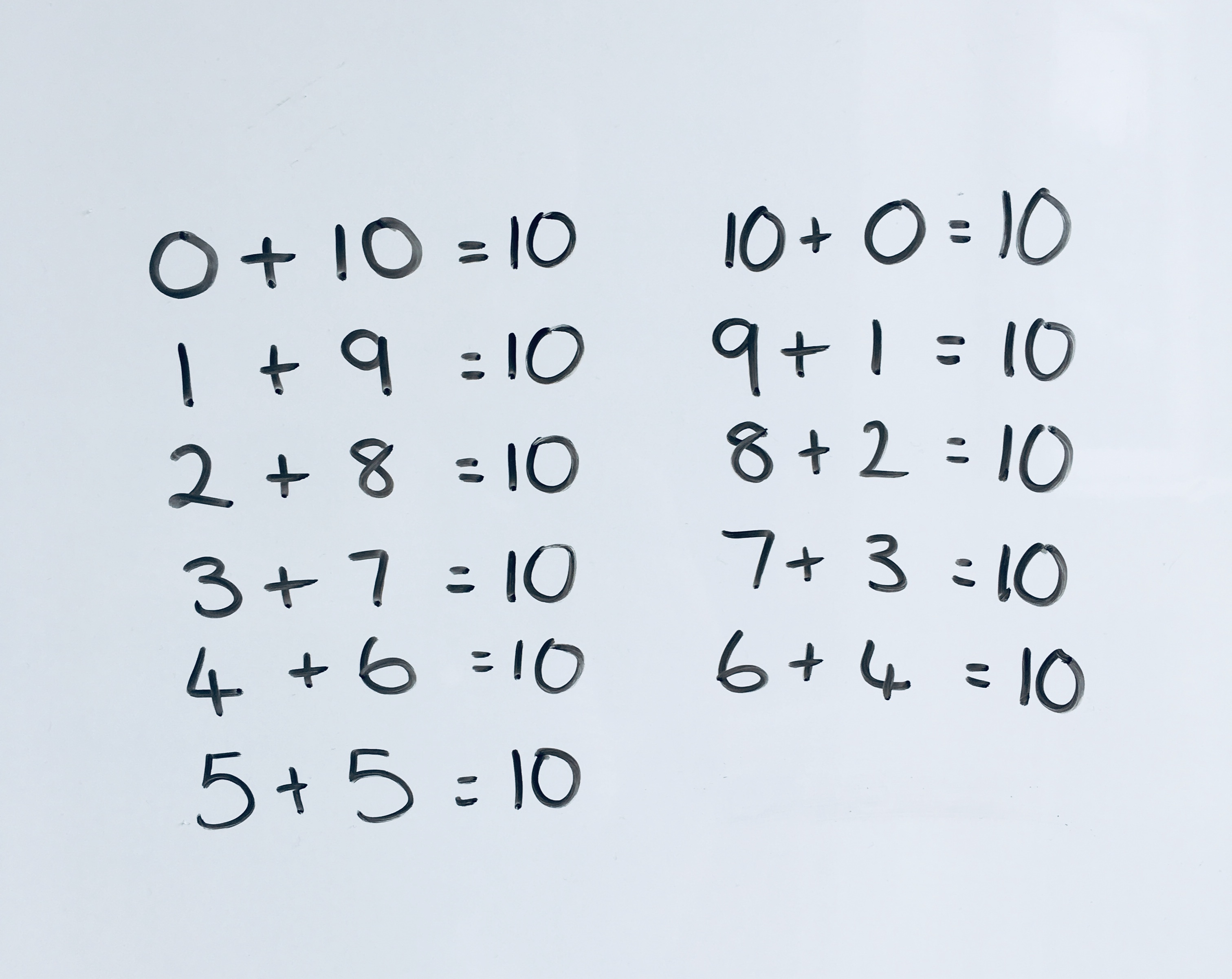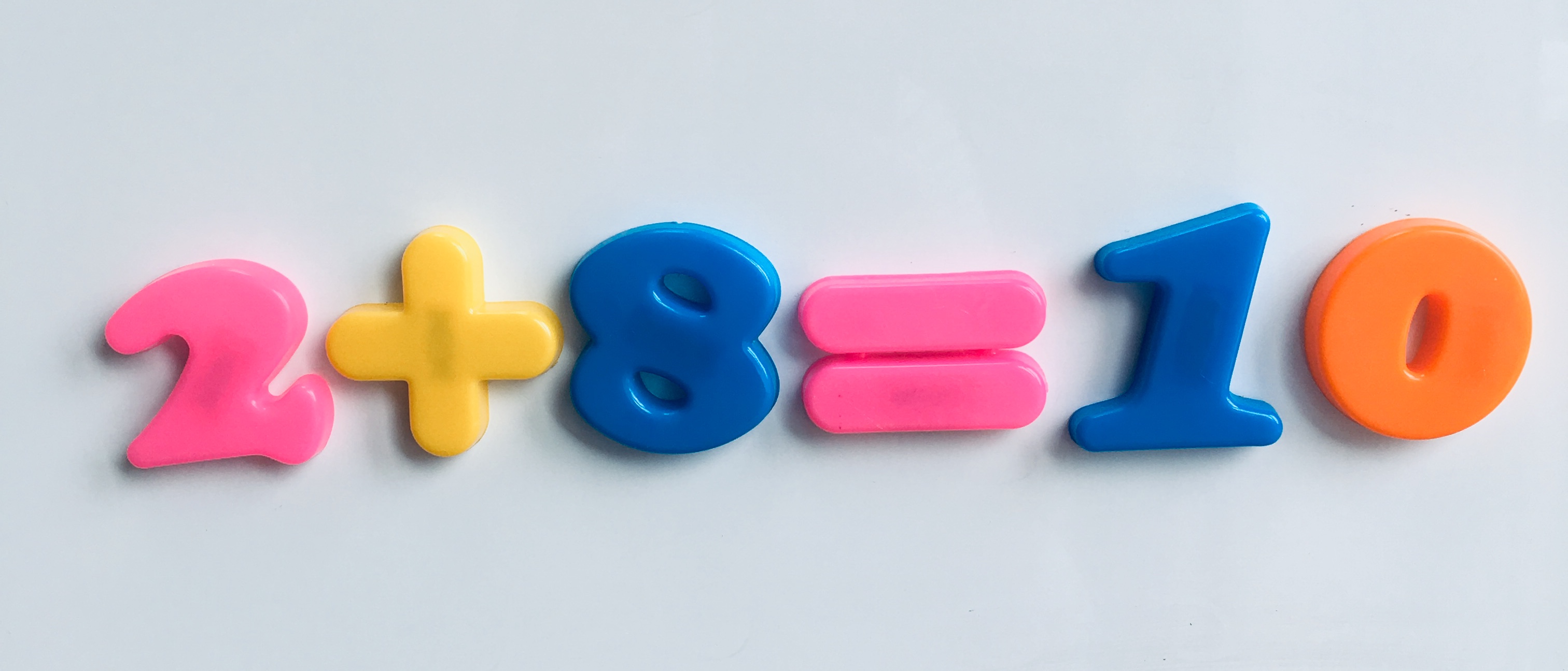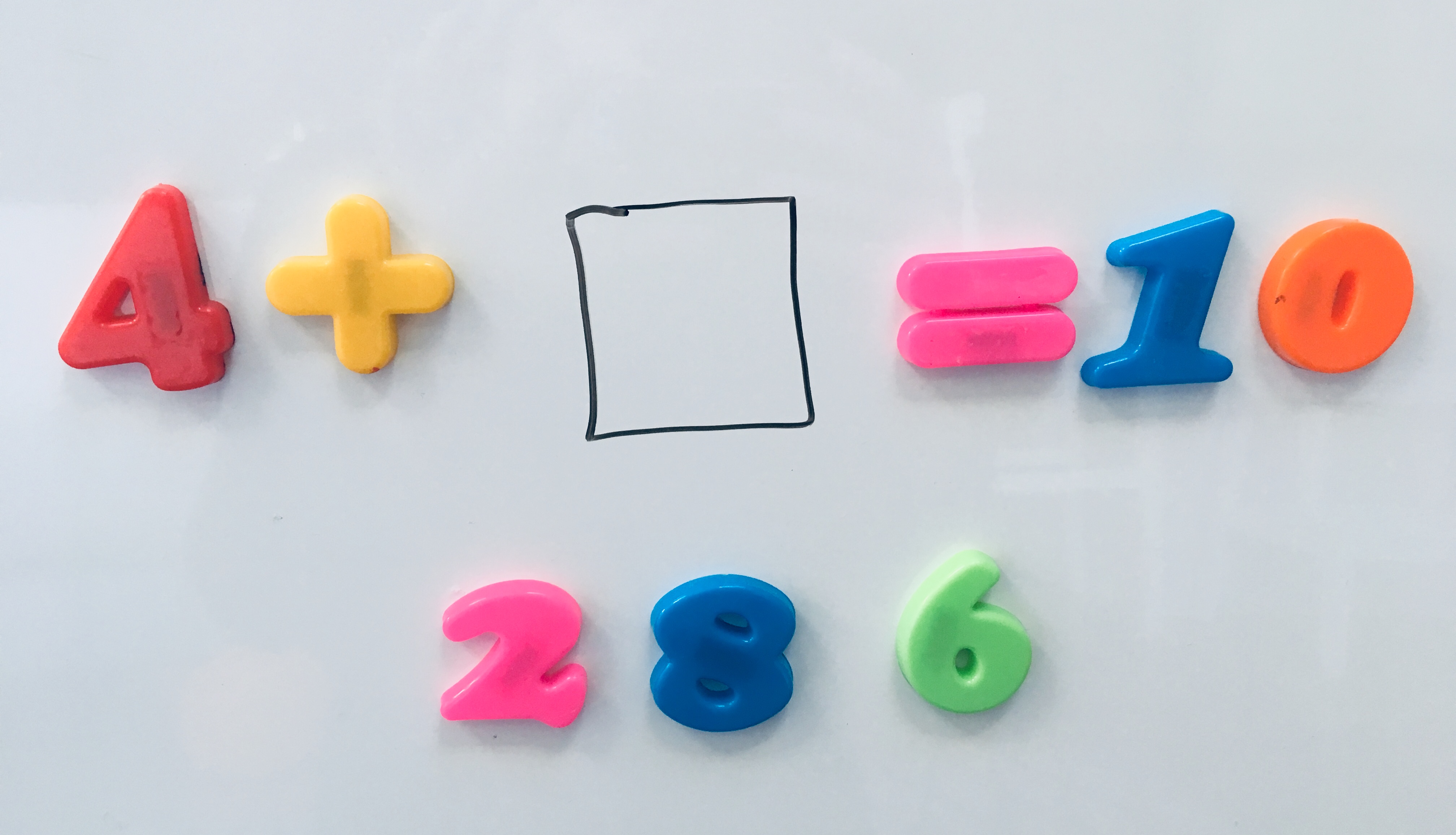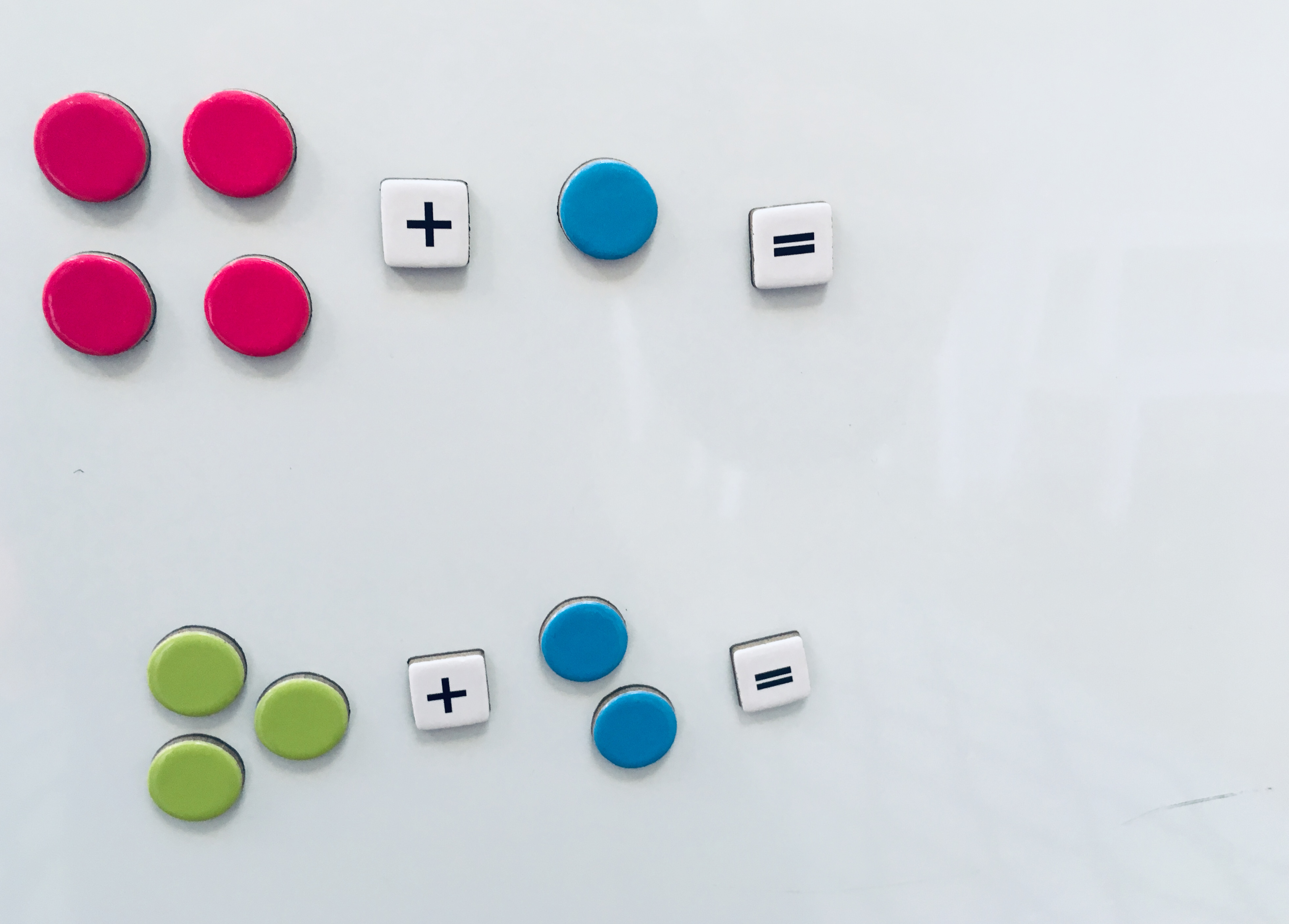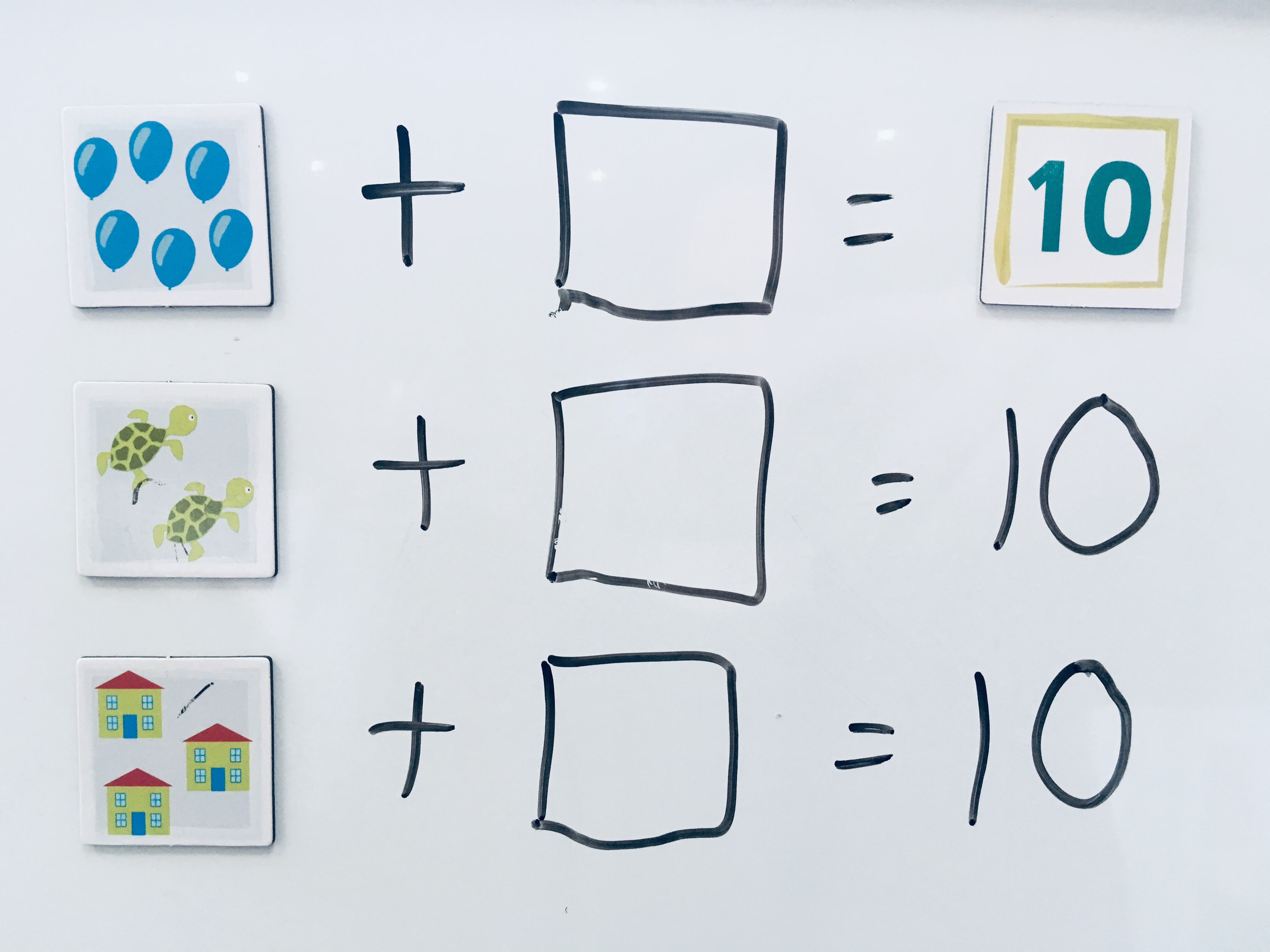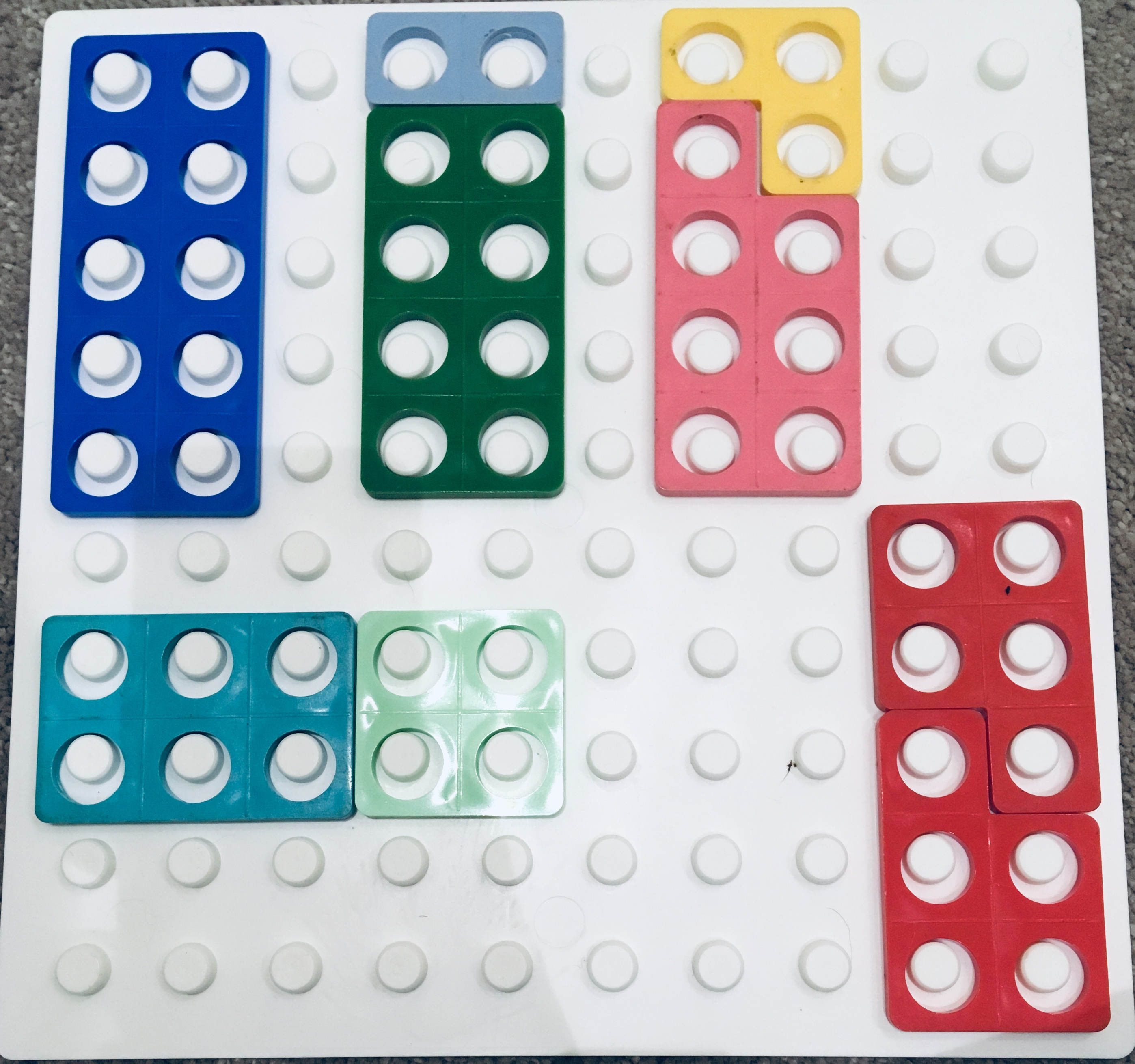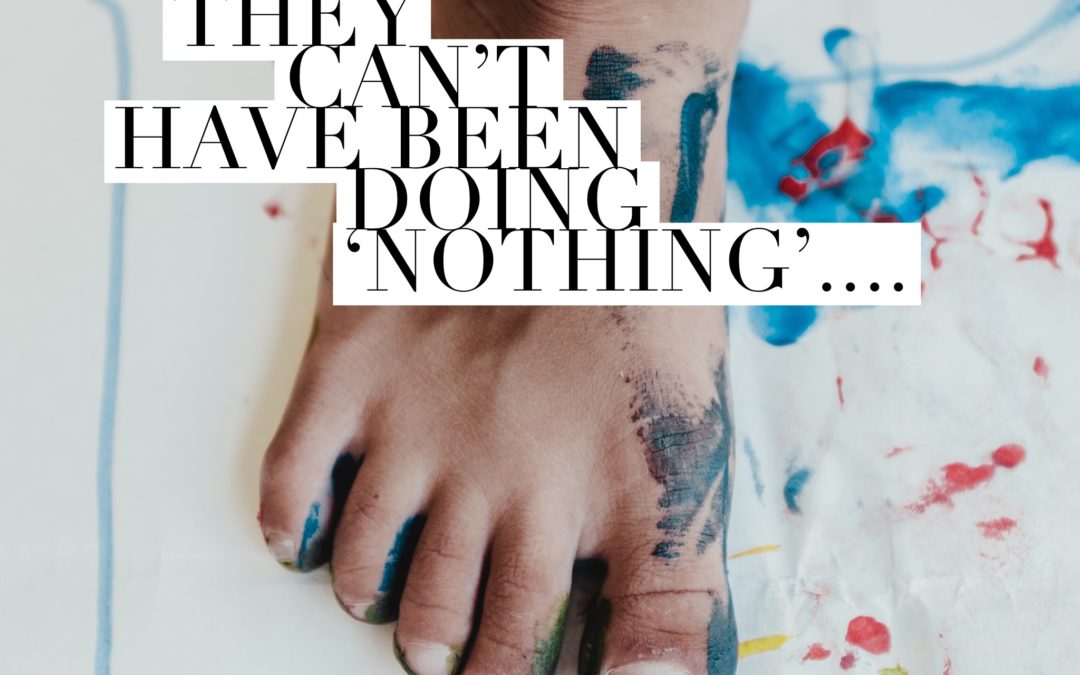
Why does my child say they’ve done ‘nothing’ every day?
Hands up if your child has ever told you they did ‘nothing’ at school or pre-school? I’m fairly sure this happens 99% of the time to everyone who asks the question. It’s true in our household despite having a super chatty three year old and it happens in all of my friend’s houses with a wide range of children’s ages. It’s not true, school isn’t some sort of magic void where they go for six hours, float about doing nothing and then come home completely starving and still full of energy!
So why does it happen?
The truth is that actually every day is action packed, and it’s so full that children feel quite overwhelmed by the end of the day and actually don’t really want to talk you through every part of it. Certainly not straight after they have walked out of the gates! Let’s be honest, when you arrive home after a day at work or out being busy do you really want to tell your partner or family member all about it? And can you actually remember all of the things you have done? Chances are no, very often I answer my husband’s routine “How was your day?” question with ‘fine’ or ‘good’ or another single adjective that really gives him no idea what actually happened. Children are no different and they often just don’t want to talk about it at that point.
What have they been doing?
Children in all settings will have done loads. In Primary School they will have probably had four lessons or more, register, break time, lunch, a story, group work, independent work and I could go on. On average they might have been expected to sit and listen to an adult for two hours of their day (not all in one go) which is heavy going especially if you’re only four! They might have had a disagreement with a friend, they might have found something too hard or too easy, they might have learnt something completely mind blowing for them and what they are really looking forward to is seeing you and allowing the day to mellow in their minds a little.
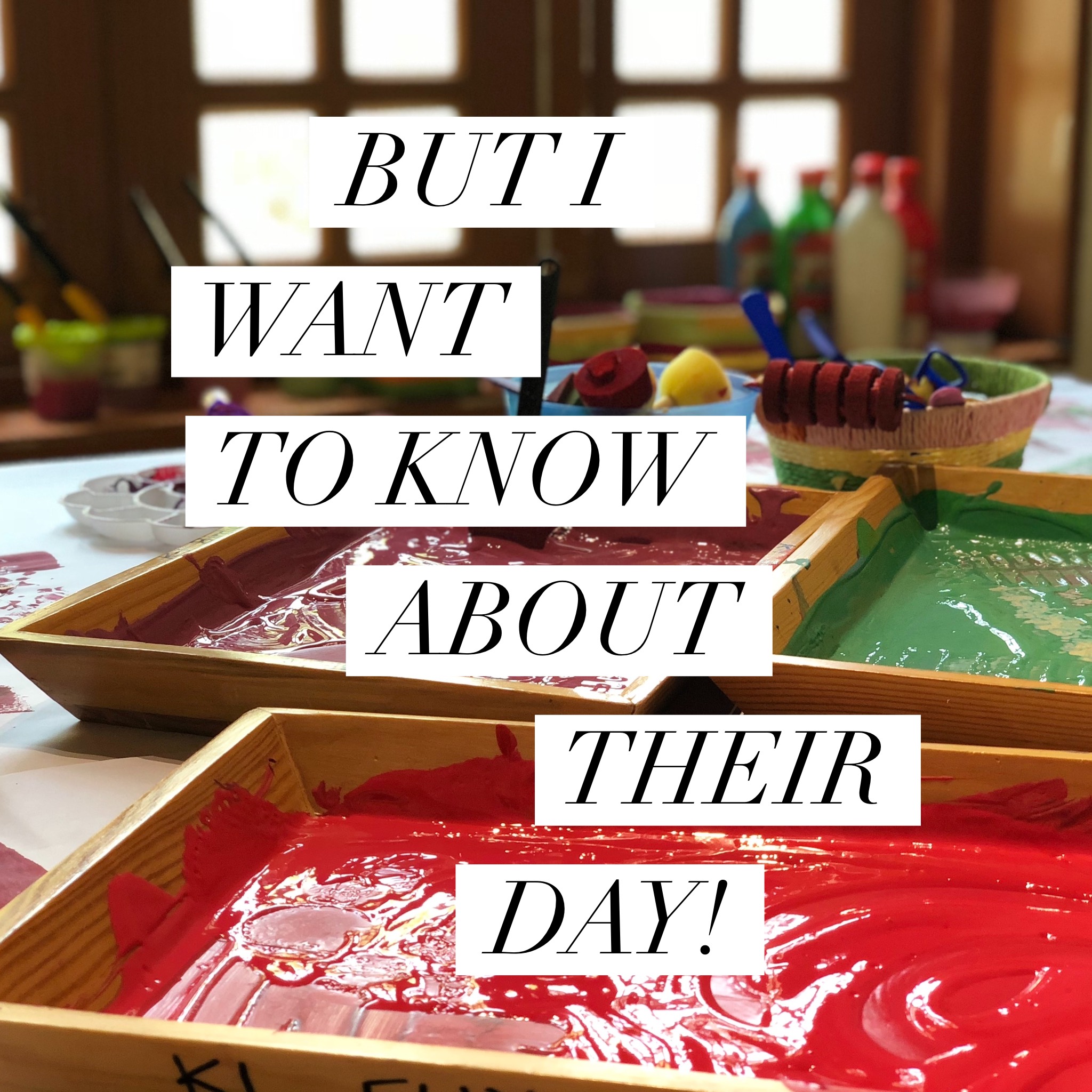
But I want to know, what can I do?
I’m not suggesting that you never ask how your child’s day was or look for information about what they have been doing. I’m just suggesting trying to get the answers in a different way. Here are my three top tips:
Don’t ask straight away: Try not asking your child a question as soon as you see them. Instead say “I’ve missed you,” or “It’s been such a sunny day today,” basically anything that doesn’t require an answer. Give you child time to talk to you or not. Then ask them about their day later on, maybe when they are at home having a snack, playing or in the bath. Dinner time often works really well if you are able to sit with them. Find a time which suits you and make it part of your routine to talk about their day at a certain time as long as it’s not on your way home!
Tell them about your day first: This is great for two reasons. Firstly, you are modelling the talk. You can show your child how to talk about their day. Tell them what you did, what you ate, who made you laugh, what parts were hard or easy. That way when it is their turn to talk, they will have some ideas about what to say. Secondly, you are sharing the questions so all of the pressure isn’t on them and you are showing them that it’s good to be interested in everyone’s day, not just the Spanish inquisition about theirs!
Ask interesting questions: How was your day? Is fairly boring, is it any wonder we get answers like ok, fine, yeah etc? Try mixing it up with things that make them think: What was your favourite part about today? Did you help anyone today? What was the funniest/ most interesting thing your teacher said today? Did you solve any problems? Who did you sit next to at lunchtime?
The good thing about these questions is that they require full answers and are likely to spark discussion. Try to keep them positive, especially if your child is finding school or pre-school hard. If you lead with ‘How was your day’ and they say bad. You get into a ‘what was bad and why’ spiral. There may indeed have been one small part that wasn’t great and it’s good to talk about that but try to highlight the positives by asking interesting questions and helping them to see the good bits too.
Good luck finding the key to your little one’s needs when talking about their day and I hope you find a way to feed your curiosity to know all of the wonderful details about what they have done for a whole day without you.
Em x

